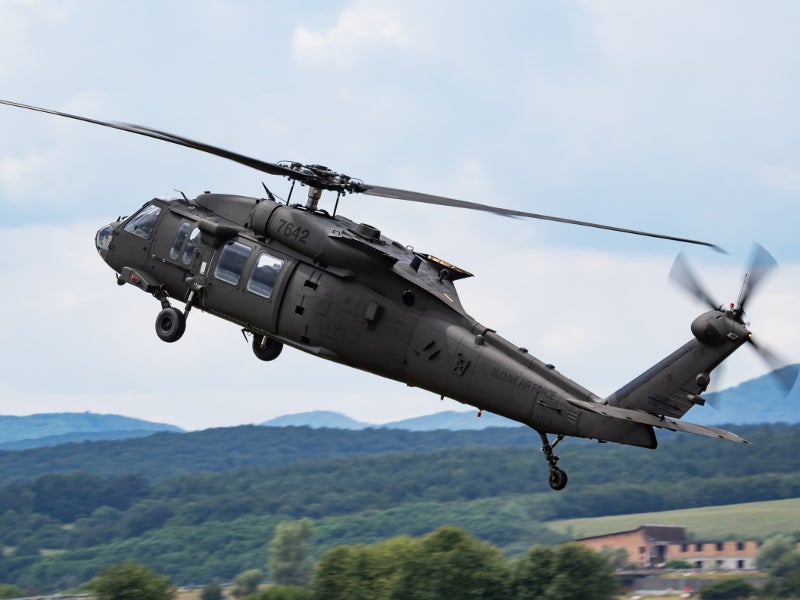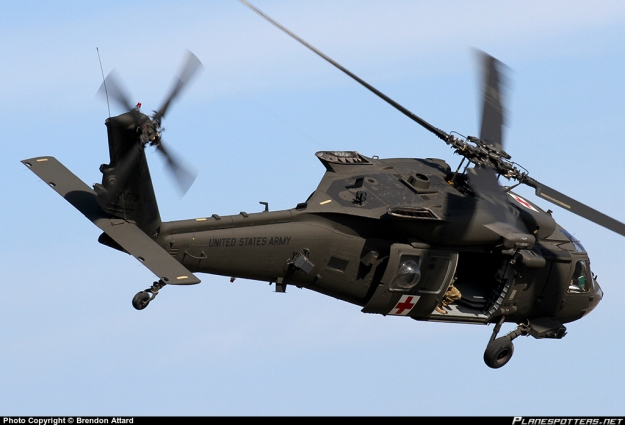Unlocking Peak Performance: UH 60 Helicopter Maintenance Overview
Browsing Uh 60 Helicopter Rules and Compliance Requirements

Regulatory Framework Introduction
The governing framework controling UH-60 helicopter procedures incorporates a complex set of standards and regulations developed by air travel authorities. These policies are designed to ensure the effective and safe procedure of UH-60 helicopters in different environments. The Federal Aviation Management (FAA) plays a central role in developing and imposing these regulations, which cover a wide variety of operational aspects, consisting of airworthiness standards, pilot credentials, upkeep requirements, and functional procedures.
Conformity with these guidelines is vital for helicopter operators to keep the highest degrees of security and functional stability. Failing to comply with these regulations can lead to serious effects, including crashes, injuries, and regulative assents. Helicopter drivers must remain educated regarding the most recent regulative growths and ensure that their operations are in complete conformity with all appropriate rules and requirements.
Airworthiness Inspections and regulations
Among the regulatory framework governing UH-60 helicopter operations, an important emphasis pushes compliance with Airworthiness Directives and conducting extensive assessments to promote safety standards and operational reliability. Airworthiness Directives (ADs) are provided by air travel authorities to resolve harmful problems in airplane, including the UH-60 helicopter, and required details activities to be taken by operators or owners. Conformity with ADs is required, and failing to follow these regulations can lead to serious effects, including grounding of the aircraft.
Normal examinations are vital to making sure the airworthiness of UH-60 helicopters. These evaluations encompass an array of checks, from regular daily inspections performed by pilots before and after flights to extra detailed scheduled upkeep assessments carried out by licensed auto mechanics. Additionally, unique evaluations might be needed based on certain conditions or events. By adhering to a rigorous assessment regimen, drivers can spot and resolve prospective concerns immediately, thereby boosting the safety and integrity of UH-60 helicopter operations.
Pilot Qualifications and Training

Pilot training for UH-60 helicopters is thorough and covers a wide variety of topics, consisting of aircraft systems, emergency situation procedures, navigating, and mission-specific training. go to these guys Additionally, pilots undertake simulator training to practice different emergency situations in a regulated environment. This training aids pilots develop the essential skills to manage challenging circumstances effectively.


Furthermore, recurring training and specialist advancement are necessary for UH-60 pilots to stay current with the current regulations, technology, and ideal methods. By purchasing pilot qualifications and training, drivers can boost security, optimize efficiency, and guarantee compliance with governing demands in the operation of UH-60 helicopters.
Functional Limitations and Demands
Pilot certifications and training work as the structure for comprehending the operational constraints and demands connected with UH-60 helicopter procedures (uh 60). These operational restrictions are implemented to make certain the security of the crew, guests, and the aircraft itself. Functional restrictions may consist of elements such as climate conditions, weight constraints, altitude restraints, and operational borders. It is vital for pilots to be well-versed in these uh 60 constraints to make educated choices during flight operations. In addition, compliance demands, such as sticking to certain flight courses, interaction procedures, and emergency procedures, are essential for preserving operational safety and security and regulative compliance. Pilots should remain current with all operational constraints and requirements with normal training, briefings, and assesses to reduce threats and guarantee risk-free and reliable UH-60 helicopter procedures. By focusing on adherence to these functional guidelines, pilots can improve the general safety and security and effectiveness of their objectives while maintaining governing standards.
Emergency Procedures and Compliance Testing
Efficient emergency situation treatments and thorough compliance screening are important elements of preserving operational safety and regulatory adherence in UH-60 helicopter procedures. Emergency situation procedures encompass protocols for various circumstances, consisting of engine failings, fires, hydraulic problems, and more. Pilots and staff participants need to be skilled in these procedures to respond quickly and efficiently in emergencies. Normal conformity testing ensures that the helicopter fulfills all regulative requirements established forth by air travel authorities. This testing entails complete assessments, checks, and assessments to confirm that the airplane is airworthy and in compliance with all applicable guidelines.
Compliance screening also expands to devices onboard the UH-60, such as interaction systems, navigation tools, and safety equipment. Guaranteeing that all tools is functioning properly and meets governing standards is crucial for risk-free procedures. Additionally, conformity screening may involve simulations of emergency situation scenarios to assess the team's response and the helicopter's efficiency under tension. By focusing on emergency situation procedures and conformity screening, UH-60 operators can minimize risks and show their commitment to security and governing compliance.
Verdict
In conclusion, adherence to regulative framework, compliance with airworthiness regulations, pilot qualifications and training, operational constraints, and emergency situation procedures are important for navigating the regulations and requirements of running a UH-60 helicopter. uh 60. It is crucial for drivers to focus on safety and security and make certain complete conformity with all applicable guidelines to preserve the airworthiness and operational integrity of the aircraft
Browsing the governing landscape surrounding UH-60 helicopter operations demands a nuanced understanding of the detailed internet of policies and compliance requirements.Conformity with these guidelines is necessary for helicopter drivers to preserve the highest degrees of safety and security and functional integrity.Amidst the governing structure regulating UH-60 helicopter operations, a critical emphasis lies on compliance with Airworthiness Directives and conducting thorough examinations to maintain security standards and functional integrity.Efficient emergency treatments and complete compliance testing are essential elements of preserving operational safety and security and regulative adherence in UH-60 helicopter operations. Normal compliance testing makes certain that the helicopter satisfies all regulatory click site needs set forth by aeronautics authorities.